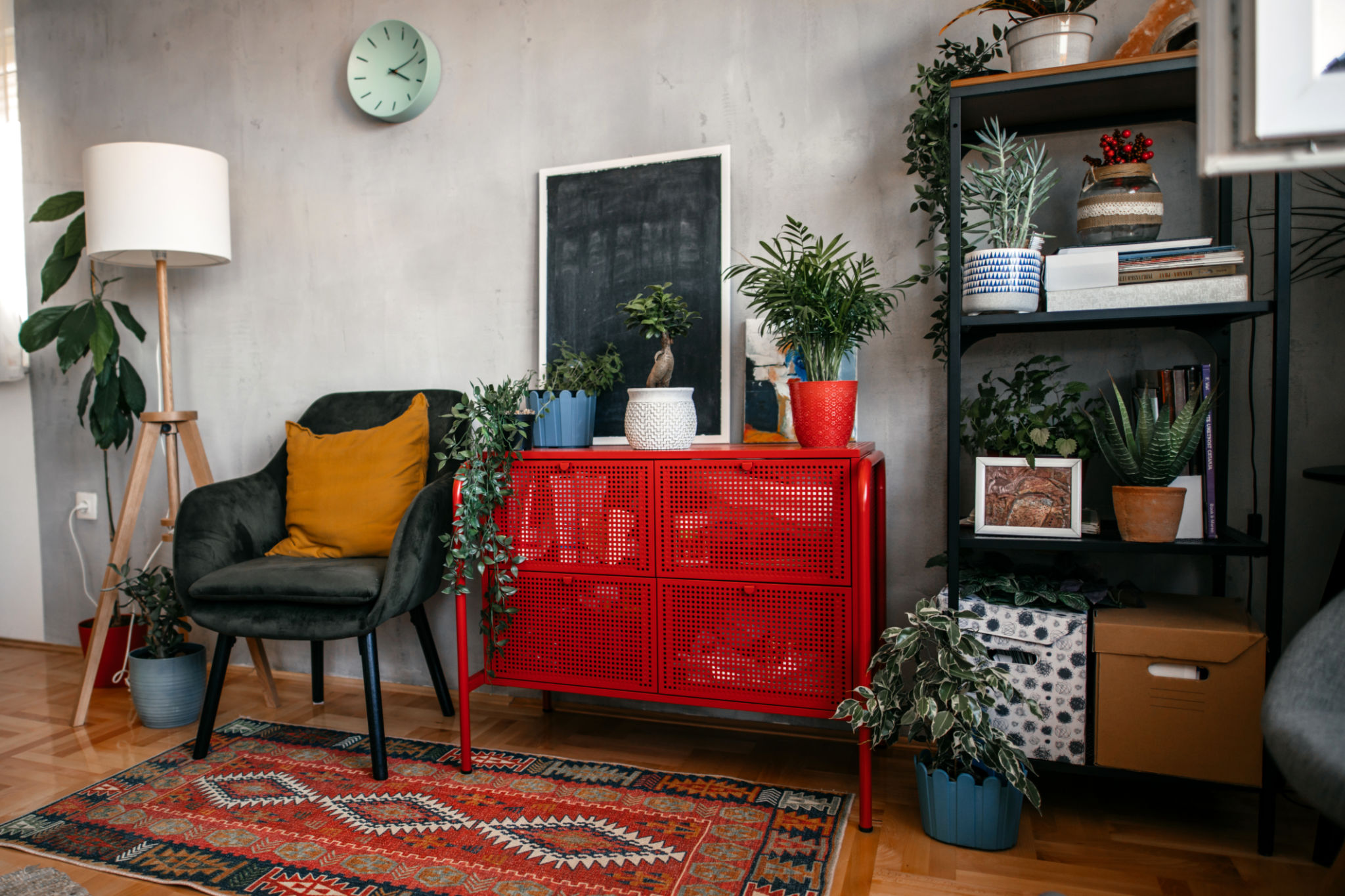Furniture Arrangement Tips: Achieve Balance and Harmony at Home
Understanding the Basics of Furniture Arrangement
Creating a balanced and harmonious space in your home starts with understanding the basics of furniture arrangement. The way furniture is placed can significantly impact the flow and feel of a room. Begin by considering the room's function, size, and any architectural features. This will guide you in deciding what pieces are essential and how they should be arranged.
One fundamental principle is to ensure there is enough space for movement. Avoid overcrowding by keeping pathways clear, allowing inhabitants to navigate the room comfortably. A well-thought-out layout not only enhances functionality but also contributes to the aesthetic appeal of your space.

Creating Balance in Your Space
Balance is crucial in furniture arrangement, and it can be achieved through symmetry or asymmetry. Symmetrical arrangements often evoke a sense of order and formality, making them ideal for traditional settings. For example, placing two identical chairs on either side of a sofa creates a harmonious look.
On the other hand, asymmetrical arrangements offer a more casual and dynamic feel. This can be achieved by mixing different shapes and sizes of furniture while maintaining visual weight balance. Consider a large sofa paired with a couple of mismatched chairs to create interest while keeping the room balanced.

Emphasizing Focal Points
Every room should have a focal point that draws attention and sets the tone for the space. Common focal points include fireplaces, large windows, or a striking piece of art. Arrange your furniture in a way that highlights this element, ensuring it remains the center of interest.
In living rooms, positioning a sofa facing the focal point can create an inviting atmosphere. In bedrooms, the bed often serves as the focal point, so align other pieces like nightstands or dressers to complement it without overshadowing its presence.
Considering Proportion and Scale
Proportion and scale are vital components in furniture arrangement. Ensuring that furniture pieces are appropriate for the room's size prevents overwhelming the space. For smaller rooms, opt for furniture with sleek lines and minimal profiles. In contrast, larger rooms can accommodate more substantial pieces without feeling cluttered.

It's also essential to balance large pieces with smaller ones to maintain visual interest. For instance, if you have a large sofa, consider placing a small coffee table or side tables nearby to achieve a cohesive look.
Utilizing Rugs for Definition
Rugs are an excellent tool for defining areas within a space, especially in open-plan layouts. They can help anchor furniture groups and provide a sense of separation between different zones. Choose rugs that complement your color scheme and ensure they're the right size for your arrangement.

A good rule of thumb is to have all main furniture pieces either fully on or off the rug to maintain balance. This creates an organized look and helps tie together various elements within the room.
Adding Personal Touches
Finally, adding personal touches can significantly enhance the harmony of your home. Incorporate accessories like cushions, throws, or artwork that reflect your style and personality. These elements can bring warmth and character to your space.
Remember that achieving balance and harmony is about creating an environment that feels comfortable and inviting. By following these tips and trusting your instincts, you can transform any room into a well-arranged haven.